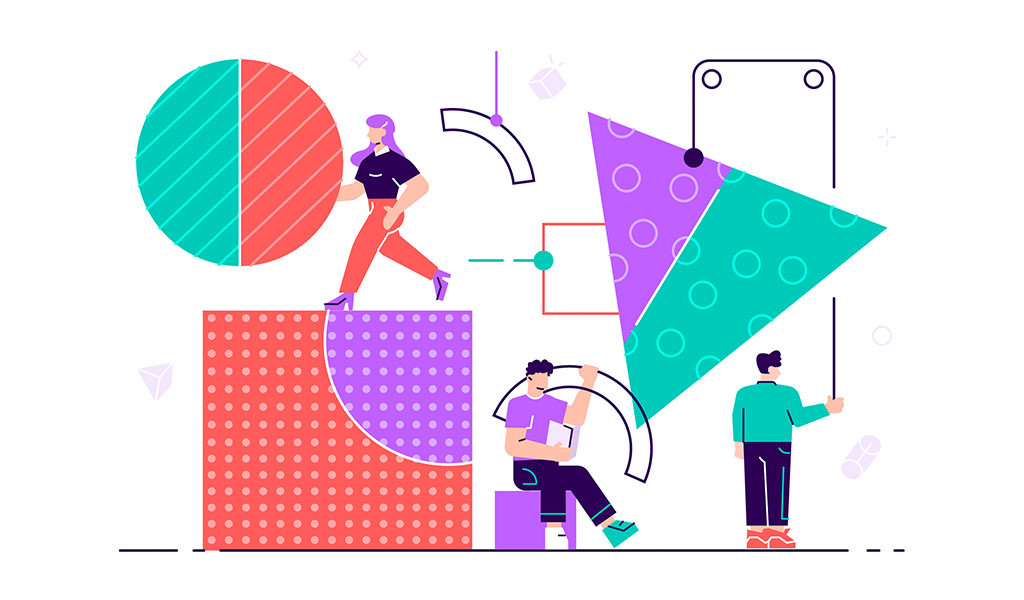In today’s competitive business landscape, customer experience (CX) stands out as a critical factor that can either propel a business to new heights or lead to its downfall. Understanding and leveraging customer experience insights have become indispensable for organizations striving to stay ahead. Let’s embark on a journey to explore the intricacies of customer experience insights and how gaining insights can be a game-changer.
Customer Experience Insights: Navigating the Future of Customer Satisfaction

A. Definition of Customer Experience
Customer experience refers to the overall perception a customer has about a brand based on their interactions and transactions. It encompasses every touchpoint, from the first website visit to post-purchase support.
B. Importance of Customer Experience Insights
Gaining insights into customer experience is more than just a buzzword; it’s a strategic necessity. Businesses that invest in understanding their customers’ needs and preferences are better positioned to thrive in today’s dynamic market.
Understanding Customer Needs
A. Gathering Customer Feedback
The foundation of any effective CX strategy is customer feedback. Surveys, reviews, and direct interactions provide invaluable insights into what customers appreciate and where improvements are needed.
B. Analyzing Customer Behavior
Beyond explicit feedback, analyzing customer behavior helps uncover patterns and trends. Understanding how customers navigate through products or services can inform adjustments to enhance the overall experience.
Implementing Effective Communication
A. Personalized Interactions
Customers appreciate personalized experiences. Tailoring communications based on preferences and past interactions fosters a sense of connection, enhancing overall satisfaction.
B. Utilizing Multiple Communication Channels
Diversifying communication channels ensures that customers can engage with a brand on their terms. From social media to email, providing options enhances accessibility and responsiveness.
Enhancing Product or Service Quality
A. Regular Product Evaluations
Continuous improvement is key to delivering exceptional experiences. Regular evaluations of products or services allow businesses to stay ahead of the curve and meet evolving customer expectations.
B. Addressing Customer Pain Points
Identifying and addressing pain points is crucial. Businesses that actively resolve issues and prioritize customer satisfaction demonstrate a commitment to excellence.
Building Customer Loyalty
A. Loyalty Programs
Rewarding customer loyalty through programs and incentives fosters a sense of appreciation. Loyalty programs not only retain customers but also encourage repeat business.
B. Creating Memorable Experiences
Going beyond transactions to create memorable experiences solidifies a positive brand image. Customers remember exceptional service, becoming loyal advocates for the brand.
Technology and Customer Experience
A. Role of Technology in Improving CX
Technological advancements play a pivotal role in shaping customer experiences. From chatbots to AI-driven insights, embracing technology enhances efficiency and personalization.
B. Leveraging Data Analytics
Data analytics provides actionable insights. Analyzing customer data helps businesses understand trends, predict preferences, and tailor offerings accordingly.
Training and Empowering Customer-Facing Teams
A. Importance of Employee Training
Customer-facing teams are the frontline ambassadors of a brand. Investing in their training ensures they can effectively address customer needs and contribute to positive experiences.
B. Empowering Frontline Staff
Empowered employees are more likely to go the extra mile. Giving frontline staff the authority to make decisions and resolve issues promptly enhances customer satisfaction.
Monitoring and Adapting to Trends
A. Staying Informed About Industry Trends
The business landscape is ever-evolving. Staying informed about industry trends enables businesses to proactively adapt their strategies to meet changing customer expectations.
B. Adapting Strategies According to Market Changes
Flexibility is key. Businesses that can pivot quickly in response to market changes are better positioned to stay relevant and continue delivering outstanding customer experiences.
Measuring Customer Experience
A. Key Metrics
Measuring CX’s success requires defining key metrics. Metrics like Net Promoter Score (NPS) and Customer Satisfaction (CSAT) provide quantifiable benchmarks.
B. Tools for Evaluation
Utilizing advanced tools for evaluation, such as customer journey mapping and sentiment analysis, adds depth to understanding customer experiences.
Common Challenges
A. Identifying Pain Points
Recognizing common challenges, such as identifying pain points in the customer journey, allows businesses to proactively address issues.
B. Overcoming Obstacles
Developing strategies to overcome obstacles ensures a smoother path toward creating exceptional customer experiences.
Integrating Customer Feedback into Business Strategies
A. Making Data-Driven Decisions
Transforming customer feedback into actionable insights requires a commitment to making data-driven decisions at every level of the organization.
B. Continuous Improvement
CX is not a one-time effort but a continuous journey. Implementing feedback and consistently improving processes contribute to lasting success.
The Human Element
A. Importance of Human Connection
Amidst the rise of automation, the human connection remains irreplaceable. Balancing technology with genuine human interactions enhances emotional engagement.
B. Balancing Automation and Personal Touch
While automation streamlines processes, maintaining a personal touch ensures that customers feel valued and understood.
Future Trends
A. Emerging Technologies
Exploring emerging technologies, such as virtual reality and augmented reality, offers a glimpse into the future of customer experiences.
B. Shifting Consumer Expectations
Understanding how consumer expectations are evolving helps businesses anticipate future trends and proactively adapt their CX strategies.
Conclusion
Customer experience insights are a powerful tool for businesses seeking sustainable success. By understanding customer needs, enhancing communication, and embracing technology, organizations can build lasting customer relationships.
The journey doesn’t end; it evolves. A continuous commitment to customer experience ensures that businesses remain agile, responsive, and in tune with the ever-changing needs of their audience.
Ready to revolutionize your customer experience strategy? Request a demo from AIM Technologies today and discover how our cutting-edge solutions can elevate your business to new heights.
FAQs
How do loyalty programs contribute to customer retention?
- Loyalty programs incentivize customers to continue engaging with a brand, fostering a sense of loyalty and repeat business.
Why is personalized communication crucial in customer experience?
- Personalized communication makes customers feel valued and understood, enhancing their overall satisfaction and connection with the brand.
What role does employee empowerment play in customer satisfaction?
- Empowered employees can make quick decisions and resolve issues promptly, contributing to positive customer experiences.
How can businesses stay informed about industry trends?
- Regularly monitoring industry publications, attending conferences, and leveraging professional networks are effective ways for businesses to stay informed.
Why is the human element important in customer experience, despite technological advancements?
- The human connection adds emotional depth to customer interactions, creating a memorable and positive experience.




